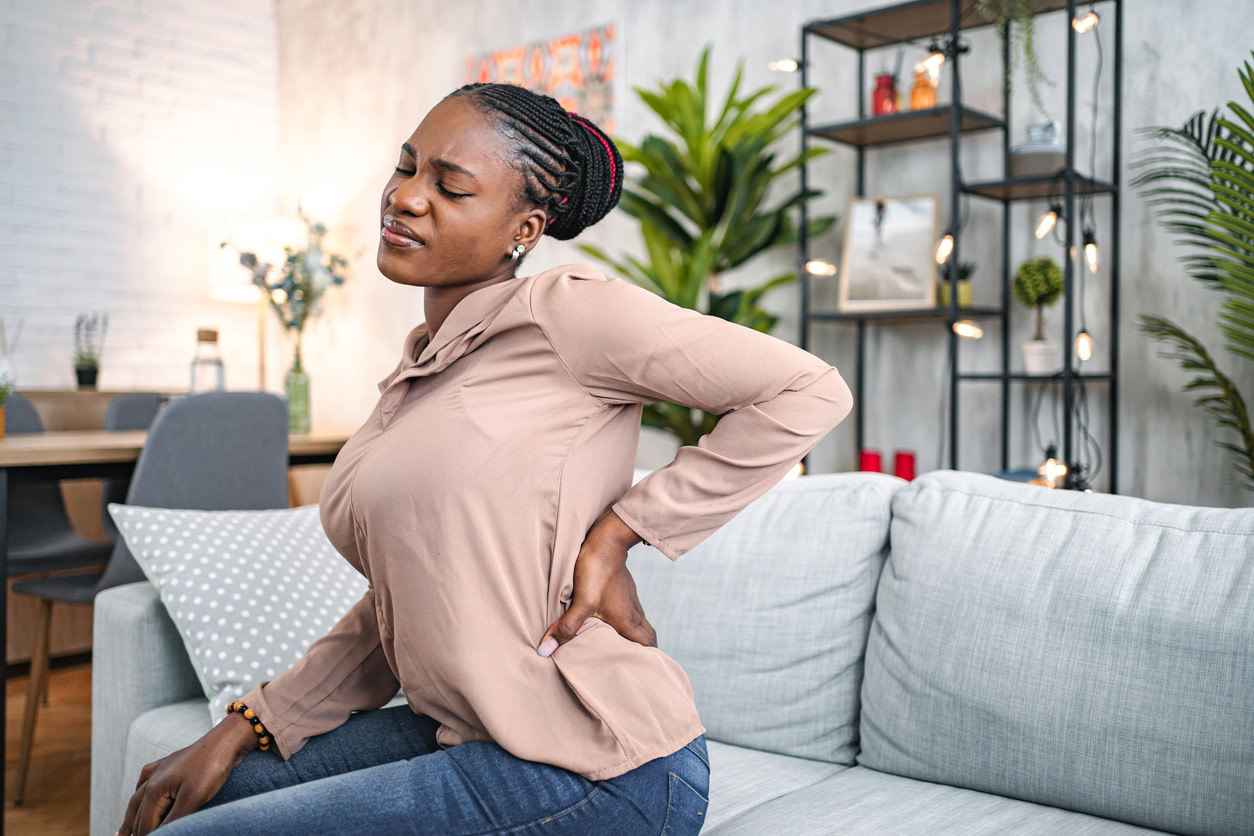What is musculoskeletal pain? Causes, symptoms, and expert tips for relief
Discover the causes, symptoms, and treatment options for musculoskeletal pain, plus tips and exercises for managing discomfort and staying active.
$0 cost to you
Published Date: Jul 31, 2025
Table of Contents
Exercises for musculoskeletal pain
Want expert care? Check if you're covered for our free program →- Diaphragmatic breathing
- Standing child’s pose
- Wall angels
- Bird dog
